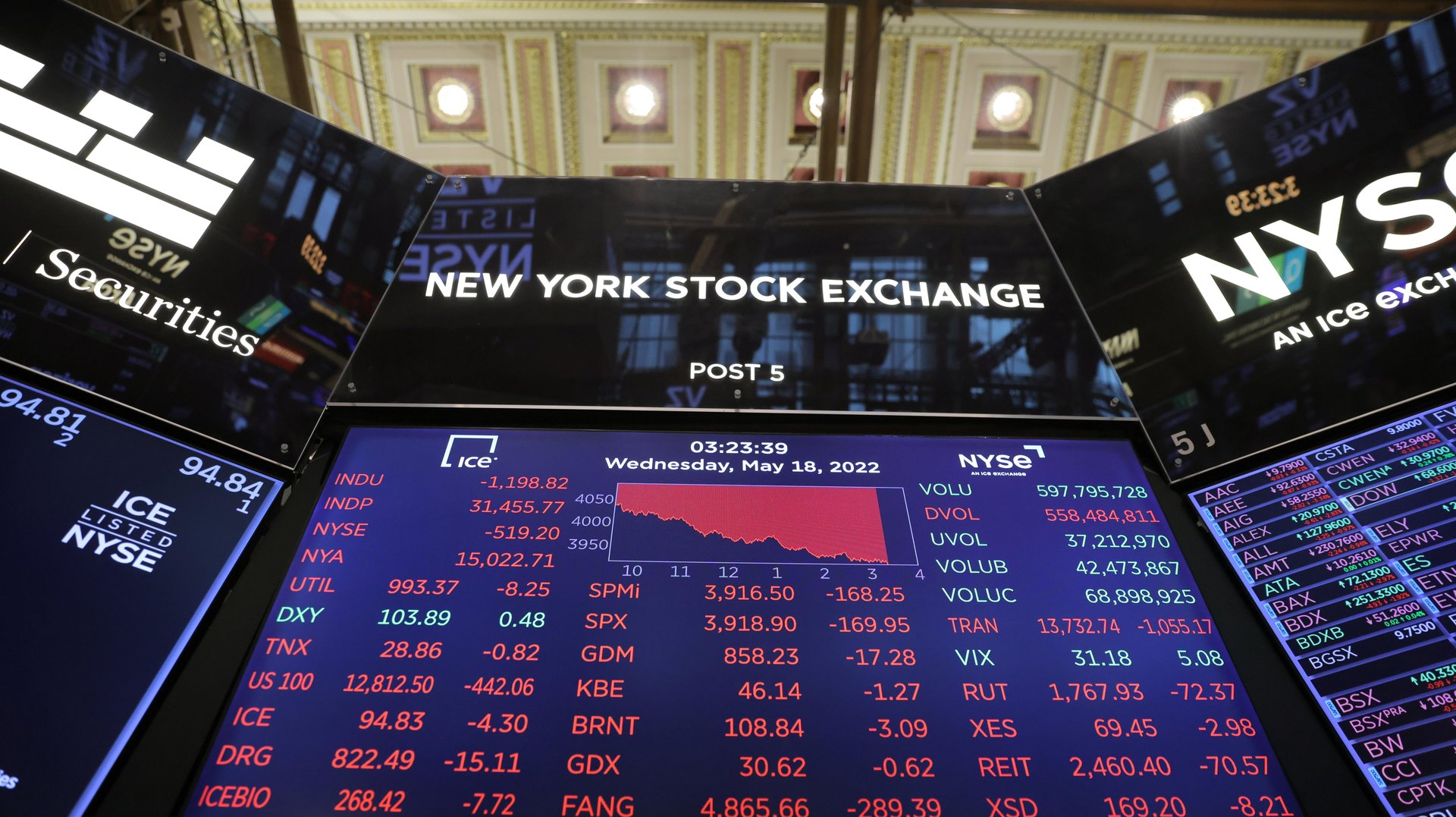US GDP shrank for the second straight quarter. How worried should we be?
The US economy shrank again in the second quarter. That doesn’t necessarily put it in recession territory, but it increases the risks of a recession.

The US economy shrank again in the second quarter. That doesn’t necessarily put it in recession territory, but it increases the risks of a recession.
The economy contracted by 0.9% on an annual basis in the second quarter, after a 1.6% drop in the first quarter. The data is worse than expected; economists had anticipated an expansion of 0.3%. Not taking inflation into account, GDP rose by 7.8%.
Economists warn against reading too much into these initial GDP figures, which are often revised because of how large the US economy is. The effects of the pandemic have also made it difficult to take the pulse of the economy. The first-quarter contraction was largely because inventories didn’t grow as fast as they did in the fourth quarter and exports were outpaced by imports because Americans wanted to buy so many things.
But the second-quarter slowdown, which is largely due to businesses and governments cutting spending, is more worrisome. It comes as the US Federal Reserve tightens financial conditions at a rapid pace, a global energy shortage wreaks havoc on every industry, and economic slowdowns in Europe and Asia spill over to the US.
Is the US in a recession?
Under one very narrow, technical definition, two consecutive quarters of contraction amounts to a recession. But most economists, including at the National Bureau of Economic Research committee that officially calls recessions, look at a much broader range of indicators, including the health of the job market.
In this week’s press conference, the Fed chair Jerome Powell said that the economy’s addition of 2.7 million jobs in the first half of 2022 shows that the US is not in a recession.
The US hasn’t had two consecutive quarters of negative growth without a recession since 1947, said Tim Mahedy, a senior economist at KPMG. It’s unlikely, however, that in the near future the unemployment rate will move up in a way that would signal a recession, which is usually around a half percentage point increase, he added.
So far, the NBER committee has chosen not to act and call the current state of economic affairs a recession. And this also isn’t the last look at second-quarter GDP. The first revision for these numbers will come out on Aug. 25. The typical final revision for a GDP report is a change of 1.2 percentage points.
Consumers kept the US economy afloat in the second quarter
Consumers increased their spending in the second-quarter by 1%, but it went mostly to services, not goods, which they bought less of.
But business investment fell by 13.5%. This is largely due to the Fed’s interest rate hikes, but also because businesses don’t see many reasons to invest in structures and equipment. Companies may be making money off of price increases, but they don’t have assurances that this kind of demand will continue in the future, if prices crash and margins are squeezed.
The Fed is crushing demand and supply at the same time
Several other worrying indicators surfaced in the negative second quarter. Housing starts fell for the second month in a row in June, while homebuilder sentiment plunged. US manufacturing activity slowed to a two-year low in June, and business activity fell for the first time in two years in July.
Improvements in the labor market are also slowing. The prime-age to employment population ratio stagnated just below its pre-pandemic level in June, and US jobless claims rose to a eight-month high in July.
The official GDP measure came in lower than GDPNow, the running estimate from the Atlanta Federal Reserve Bank, which showed a contraction by 1.2% for the second quarter.
Without help from Congress or the White House to bring down prices and ensure long-term demand, it’s possible that the Fed will have to induce a recession to bring prices down to its 2% target.
